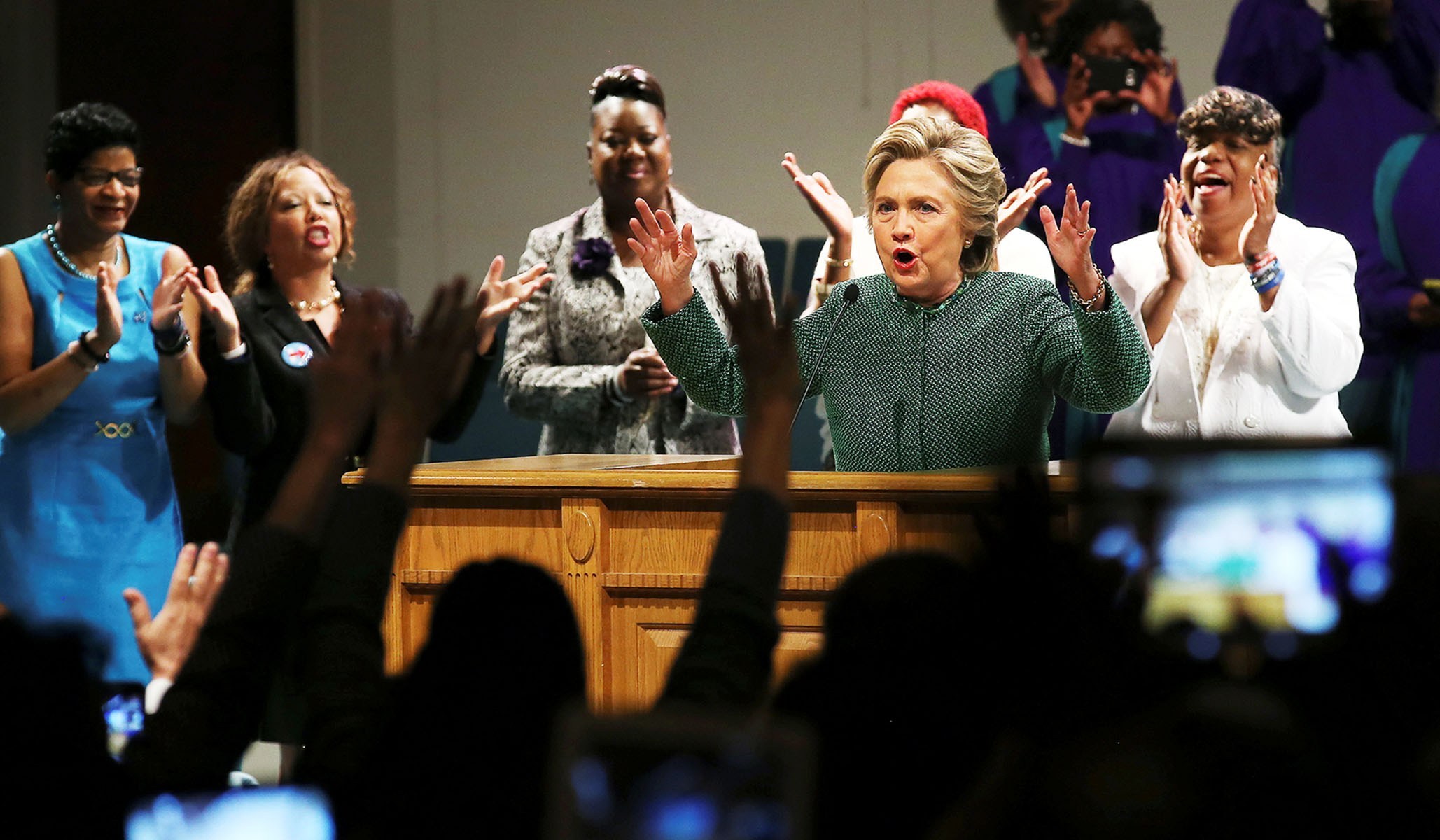David French – nationalreview.com –
I’m old enough to remember when religious-liberty lawyers were a quirky, somewhat cool, and tiny (very tiny!) subset of the legal profession. They were the guys who’d skipped out on the law-firm bucks and instead spent their days making sure that the faithful folks on the fringes of American life didn’t get a raw deal. They kept the dominant American cultural Christians honest.
Did a Native American group need the liberty to build a sweat lodge? Was a quirky home-school family getting harassed by state education officials? Did a Sikh need help to keep his dagger? In each case, the religious-liberties bar was there to help, and with broad public approval.
Few things symbolize the transformation of American politics more than the transformation of the religious-liberty dispute. Remember all the way back in 1993, when the federal Religious Freedom Restoration Act passed with only three dissenting votes? It was introduced in the House by Chuck Schumer, in the Senate by Ted Kennedy. Bill Clinton signed it, with great fanfare. Now the very thought of introducing state versions of this federal legislation brings national condemnation, corporate boycotts, and media scorn.
In the early 1990s, you could almost fit the entire religious-liberties bar in a single mid-sized hotel conference room. Now conservative religious-liberties lawyers are the virtual Seal Team Six of the culture war, with multiple organizations raising collectively close to $200 million annually to do battle in courtrooms from coast to coast.
What changed? America changed from a largely single-faith culture to a two-faith nation — sacred and secular — and it will be a two-faith nation for the foreseeable future. That’s why religious liberties are so controversial. That’s why they’ll be a flashpoint in 2020 and in 2024. No longer is a Christian nation urged to protect the small and politically insignificant faiths in its midst. In 1993, there was no real perceived public cost to basic religious tolerance. Now, the Sunnis are asked to tolerate the Shiites. The Hindus are asked to tolerate the Muslims. And in the zero-sum game of two-faith power struggle, when one faith wins, the other takes a loss.
In an invaluable piece in today’s New York Times, Ross Douthat makes an important point about American politics. While Democrats are divided between left and center-left on a broad range of policies, when it comes to the culture war, there is no meaningful center-left. Here’s Douthat:
The story of the Democrats’ struggles over the last 15 years is a story of a party that has consistently moved leftward faster than the also-changing country, and consistently overread victories — on same-sex marriage above all — as a template for how every cultural battle should play out. It’s a story of a new feminism that’s pushing the party ever-further from the center on abortion, of a new cohort of white liberals who are actually to the left of many African-Americans on racial issues, of an activist base that brands positions that many liberals held only yesterday as not only mistaken but bigoted or racist or beyond-the-pale.
Consider Hillary Clinton, for example. I wrote not long ago that if the 2016 version of Hillary ran in 2020, she’d anchor the far-right wing of the Democratic primary. Her health, climate, and foreign policies are all well to the right of the Democrats today. But not on cultural issues. On cultural issues she was lockstep with the white progressive Left — dismissive of religious freedom, fully on board with the Obama administration’s gender-identity initiatives, and even seeking public funding of abortions.
Ross calls this modern liberalism a “pseudo-church.” Increasingly, however, we can drop the “pseudo.” As Andrew Sullivan and many others have been arguing for some time, the language and practice of secular intersectionality directly compares with multiple elements of classic religious belief — from original sin (privilege), to justification (becoming woke), to sanctification (being an ally). But the secular nature of this religion leads many progressives to believe it can fully inhabit government, the academy, and corporate America without constitutional or legal consequence. True enough, under American law you can preach each aspect of the social-justice faith from the government pulpit in a way that you can’t preach the divinity of Christ, but social justice cannot crowd religion from the public square.
Identifying intersectionality and the secular focus on social justice as fundamentally religious impulses helps us identify the magnitude of our national polarization. The adoption of these religious impulses even by the center-left helps us understand why the stakes of our political contests always seem to rise. This is a sobering idea, because — let’s face facts — present world realities and enduring examples from history teach us that true two-faith nations often struggle mightily to maintain social peace and political cohesion absent extraordinary efforts to maintain unity and comity.
To see this article, click read more.
Source: Religious Freedom in America: Culture Issues Have No Center-Left | National Review
 Listen Online
Listen Online Watch Online
Watch Online Find a Station in Your Area
Find a Station in Your Area








 Listen Now
Listen Now Watch Online
Watch Online
